What is a microplate reader?
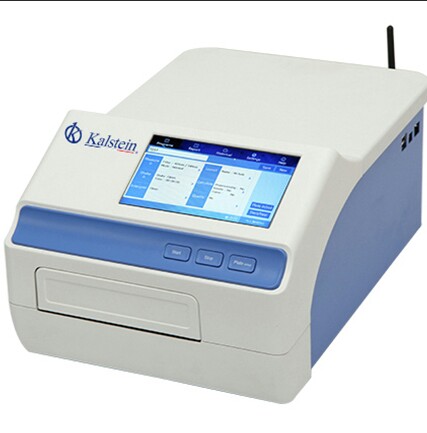
A microplate reader is a specialized spectrophotometer designed to read the results of a technique used to determine the presence of specific antibodies or antigens in a sample. The technique is based on the detection of an immobilized antigen on a solid phase, by means of antibodies that, directly or indirectly, produce a reaction whose product can be read by the spectrophotometer.
Laboratory Hoods: Differences
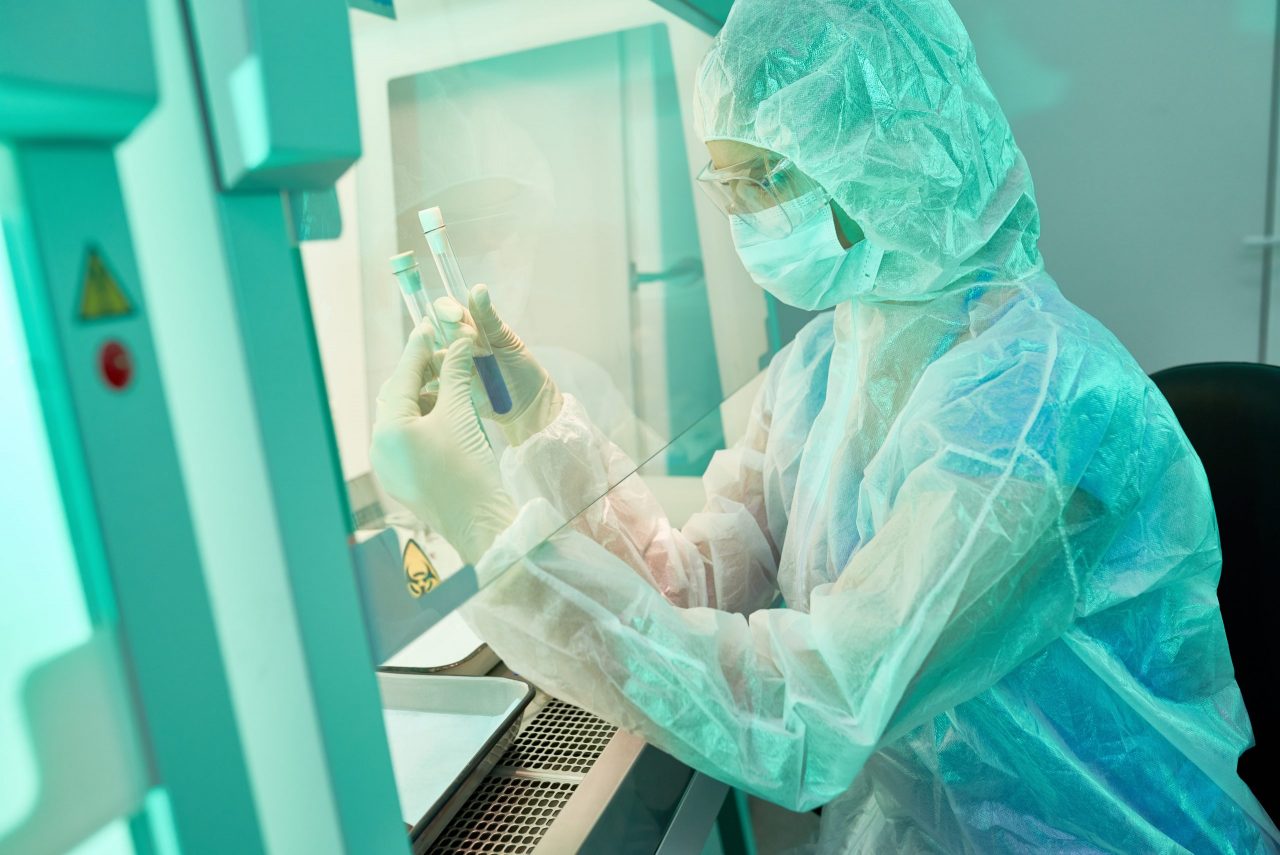
Laboratory hoods are fundamental pieces in the operation of this space to maintain air quality. The variety of hoods in the industry responds to the needs of scientists. Laminar flow hoods, biological safety hoods, and fume hoods all serve a purpose.
What is the function of the refrigerated centrifuges?
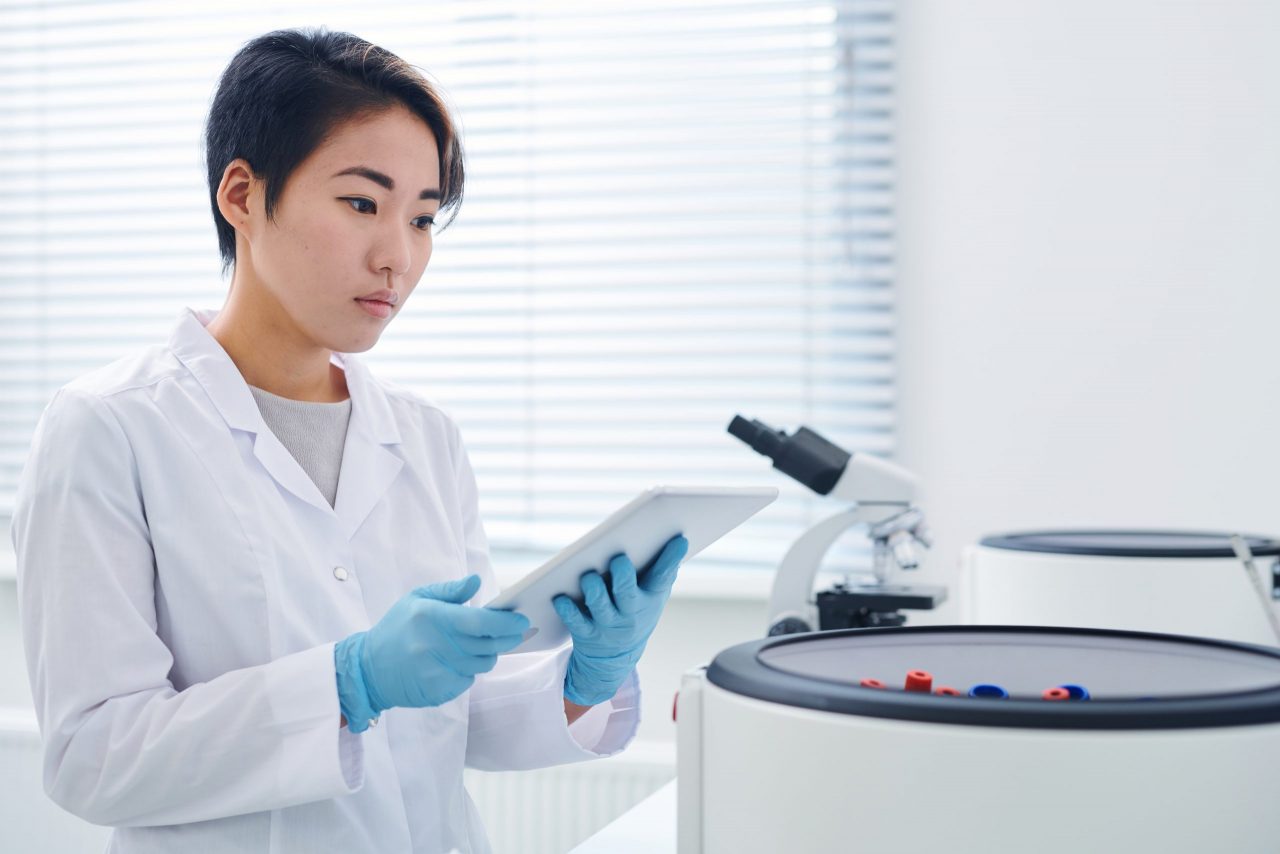
Refrigerated laboratory centrifuges are equipment used to achieve the sedimentation of the components in a homogeneous solution in their different densities at a predetermined temperature. For this, they have a special design that subjects the solutions to centrifugal rotation and acceleration at a high speed for a certain time, movements with which the solution is separated into two fractions, all this process occurring at an appropriate temperature, since said centrifuges They have a temperature control at which the sedimentation process takes place.
Microscope: Halogen vs. LED
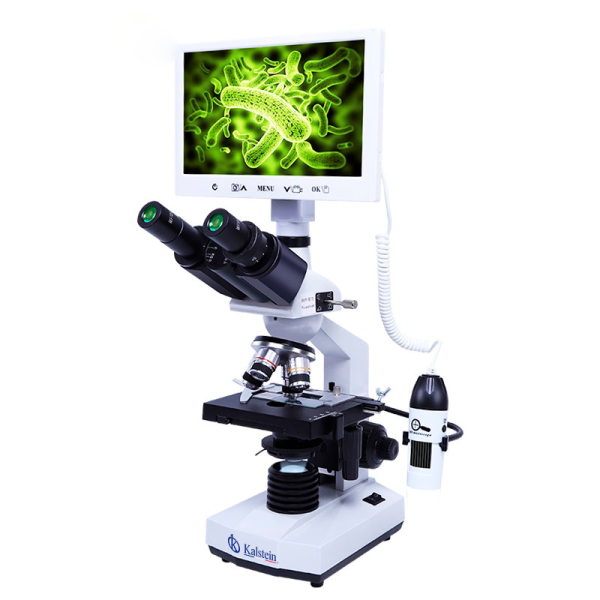
High-powered microscopes are often unable to provide excellent quality images due to improper use of light sources, which generally leads to inadequate illumination of the object. You must take into account that any correctly illuminated sample must be free of glare and the light must be scattered evenly in the visual field.
Horizontal and vertical electrophoresis: Differences
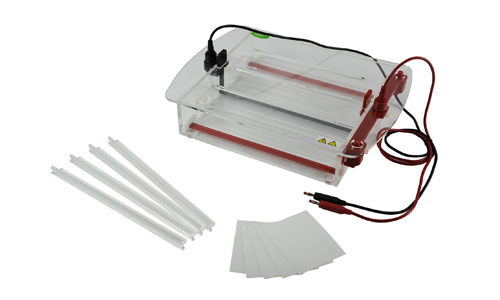
Gel electrophoresis is a laboratory technique used in genetics to separate mixtures containing DNA, RNA, and other proteins according to their respective molecular size and charge. The DNA, RNA, or proteins that must be separated in this method are run through a gel that contains small pores. The molecules are driven through the gel by an electric field.
How does a phase contrast microscope work?
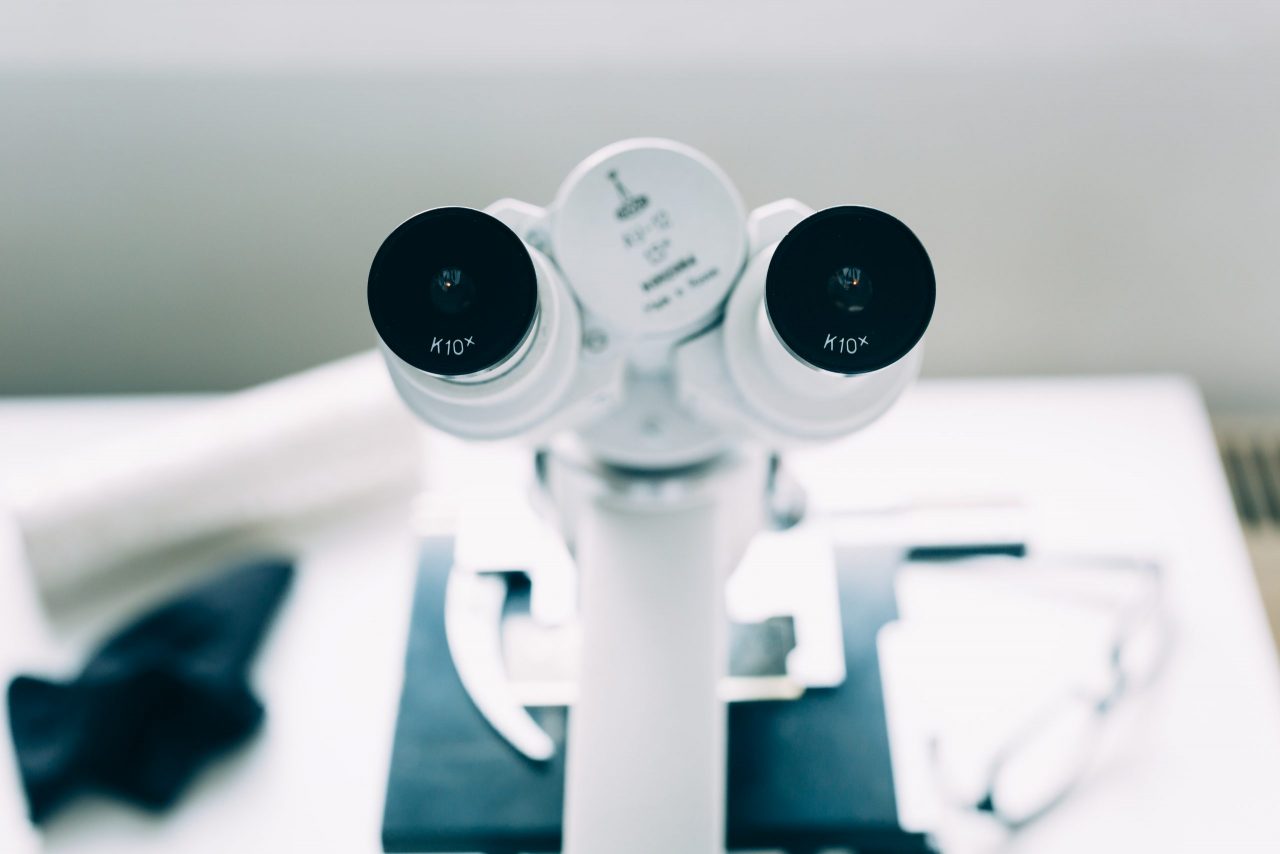
The phase contrast microscope is a type of microscope that allows you to observe live samples without using staining techniques. This microscope is based on the existence of a phase difference between the different light waves that pass through the sample to generate the image of the observation.
Processes for water purification
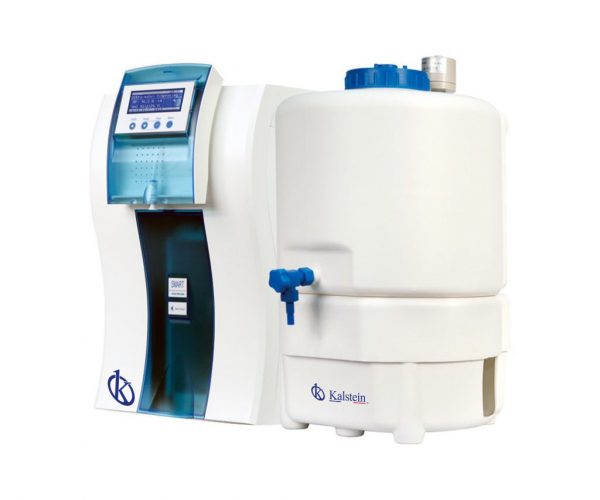
At present there are several equipment for the treatment and filtration of water. The choice of the most suitable one depends on the user’s need, since each one will leave the water adequate for different uses and processes.
Applications of Autoclave N, S and B
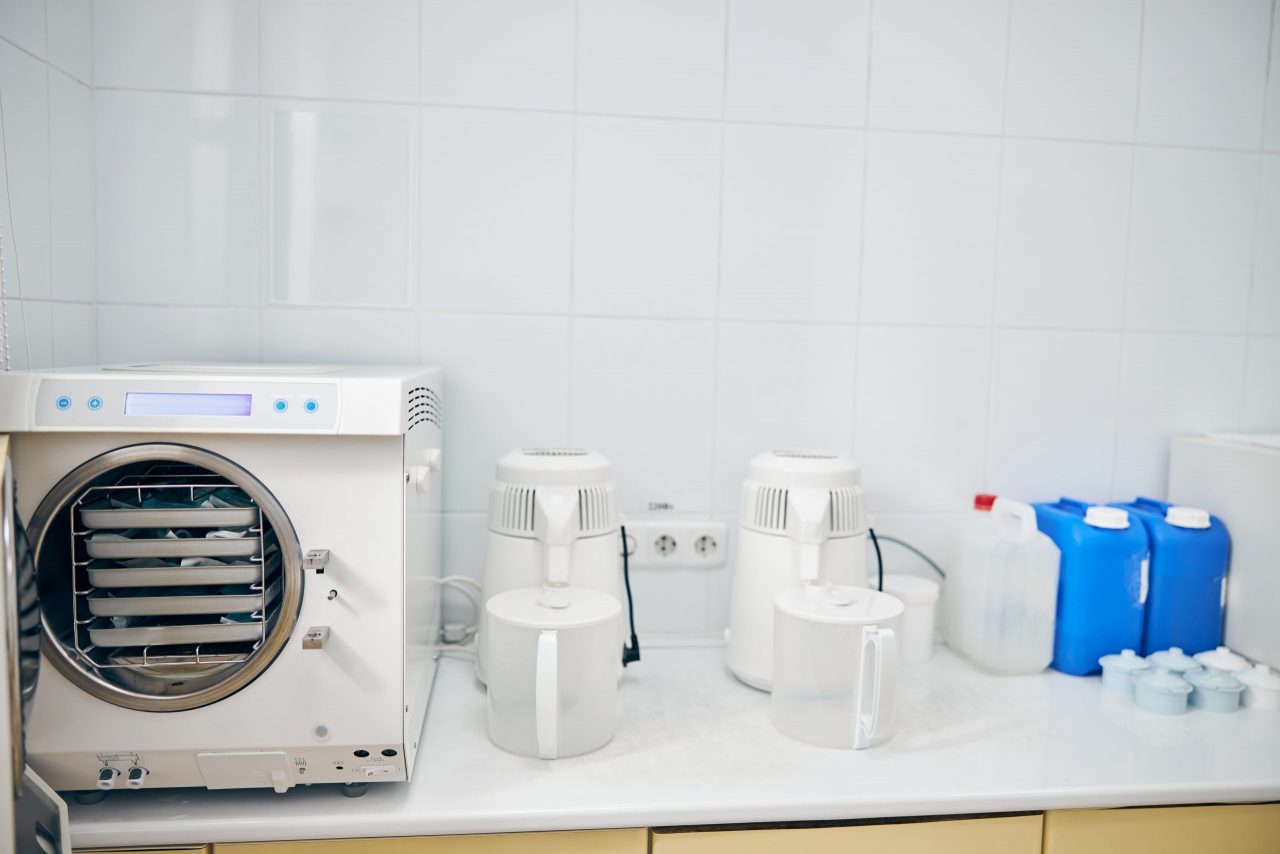
An autoclave is a piece of equipment that uses a combination of high pressure and steam in order to transfer heat to the items placed inside it. This device is made up of a thick-walled metal container and hermetic closure, which allows high pressure sterilization. , ensuring maximum disinfection of all clinical materials.
How to use an analytical balance correctly?
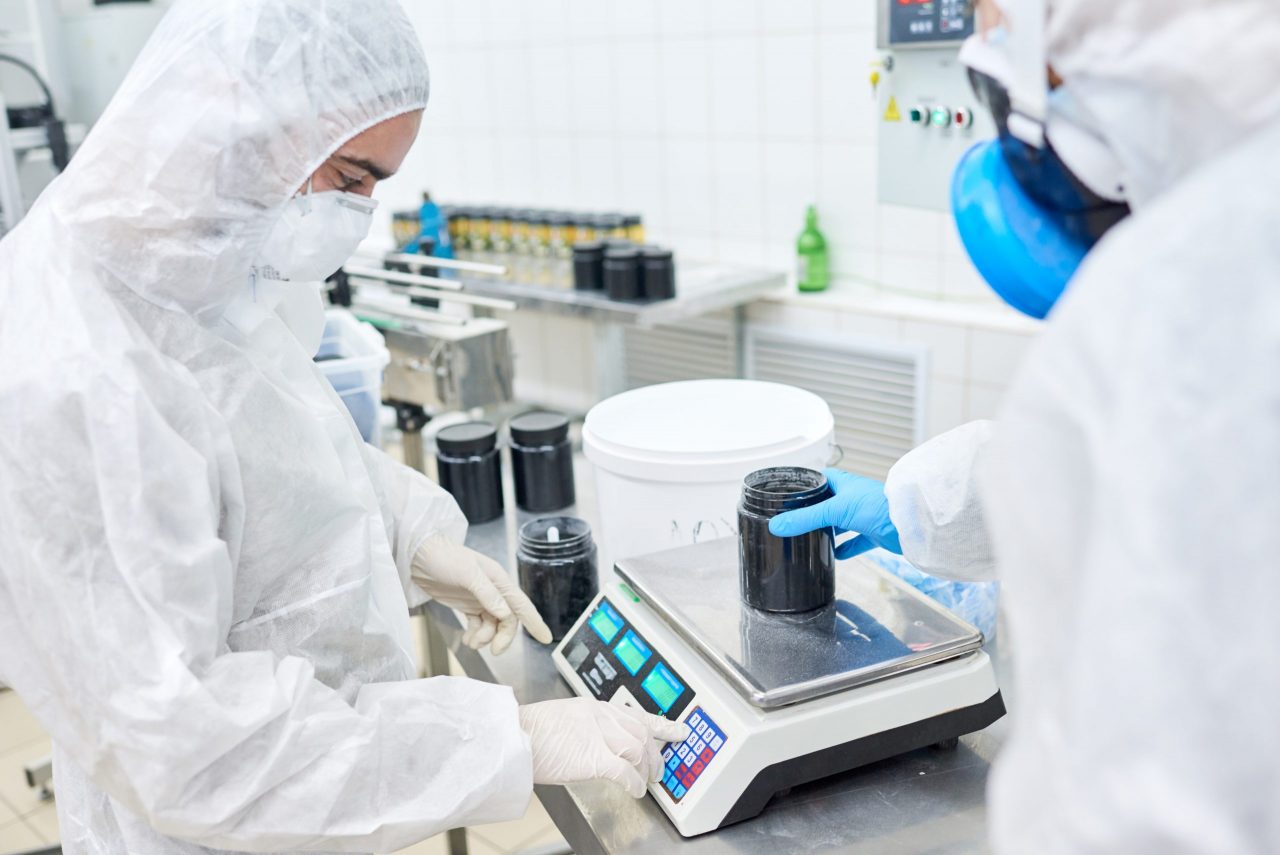
The balance is a piece of equipment that measures the mass of a specific body, providing accurate data about its weight. Among the many existing models, the analytical balance that has a high power of rigor stands out, since with it great precision can be obtained.
Types of balances in the laboratory
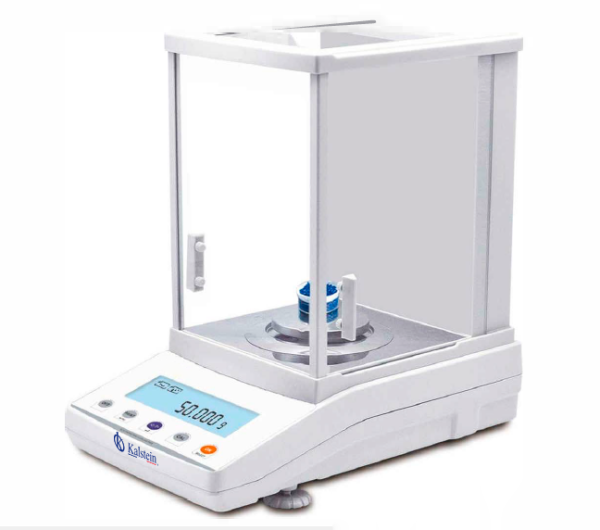
The most common types of laboratory balances and scales are ultramicrobalances, microbalances, semi-microbalances, analytical balances, and precision balances.
